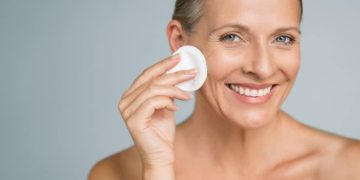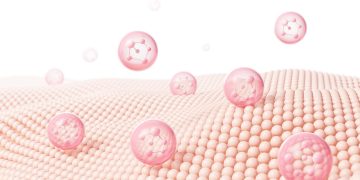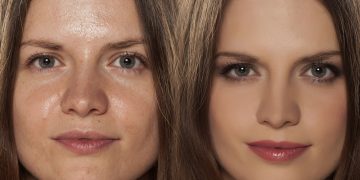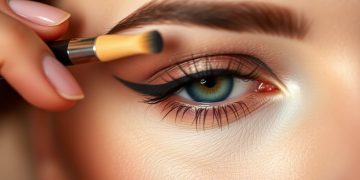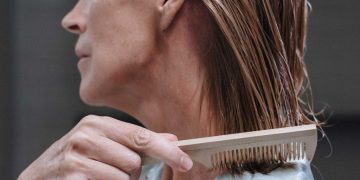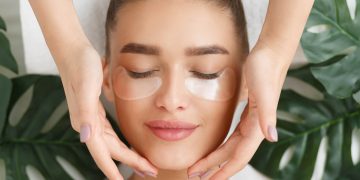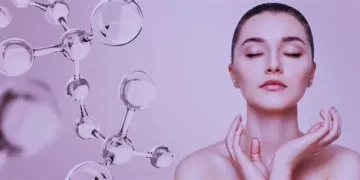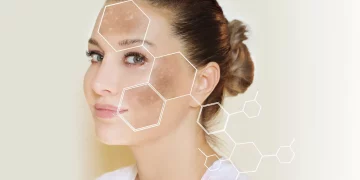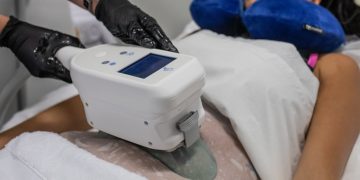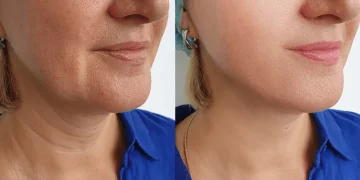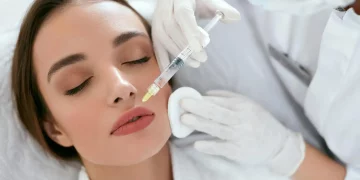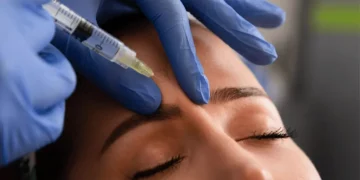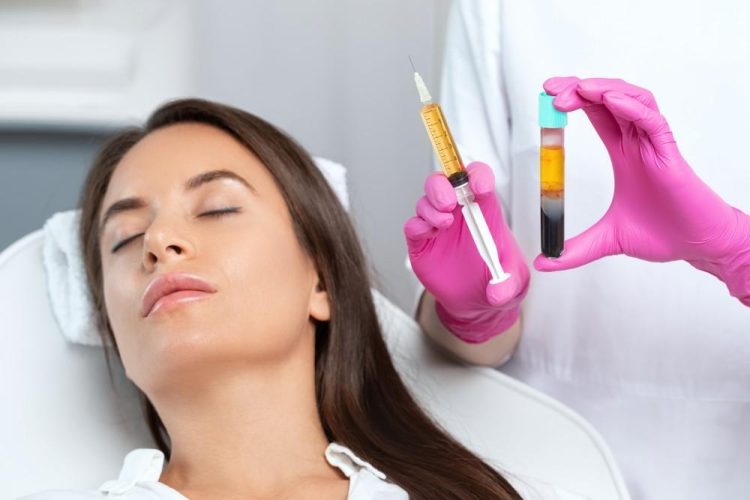In recent years, Platelet-Rich Plasma (PRP) therapy has gained significant attention in the world of skincare and aesthetic treatments. Often touted as a non-surgical “fountain of youth,” PRP therapy uses the body’s own platelets to rejuvenate the skin, reduce wrinkles, and improve overall skin texture. Whether you’re dealing with fine lines, acne scars, or simply want to achieve a youthful glow, PRP therapy has shown promising results in delivering natural and long-lasting improvements. But is PRP therapy truly the secret to ageless skin? In this article, we will dive into what PRP therapy is, how it works, its potential benefits, and whether it lives up to the hype.
What is PRP Therapy?
Platelet-Rich Plasma (PRP) therapy is a cutting-edge, minimally invasive treatment that involves using a patient’s own blood to stimulate skin rejuvenation. PRP is a concentration of platelets derived from blood plasma, which is rich in growth factors that help in tissue healing and regeneration. The therapy has been used for many years in medical fields like orthopedics and dentistry, but it has recently gained popularity in aesthetic treatments.
During the procedure, a small amount of the patient’s blood is drawn, and the plasma is separated from the red and white blood cells through a process called centrifugation. The resulting platelet-rich plasma is then re-injected into the skin or applied topically to promote healing, collagen production, and overall skin rejuvenation. PRP therapy is also frequently combined with microneedling for enhanced results.
How Does PRP Therapy Work?
PRP therapy works by utilizing the body’s own natural healing properties. The growth factors found in platelets play a crucial role in the body’s ability to repair tissue and promote cell regeneration. When PRP is injected into the skin, it stimulates the production of collagen and elastin, the two proteins responsible for maintaining the skin’s firmness, elasticity, and youthful appearance.
Collagen is essential for keeping the skin smooth and plump, while elastin gives the skin its flexibility and ability to bounce back. As we age, the production of both collagen and elastin decreases, leading to fine lines, wrinkles, and sagging skin. By introducing PRP to the skin, these vital proteins are encouraged to regenerate, resulting in smoother, tighter, and more youthful-looking skin.
PRP therapy can be used in a variety of areas, including the face, neck, decolletage, and hands. It is particularly effective for targeting delicate areas, such as under the eyes, where fine lines and wrinkles tend to form. In addition to promoting collagen and elastin production, PRP also helps to improve skin texture and tone, reduce pigmentation, and minimize the appearance of scars and stretch marks.
The Benefits of PRP Therapy for Skin Rejuvenation
- Improved Skin Texture and Tone
One of the primary benefits of PRP therapy is its ability to improve skin texture and tone. As PRP stimulates collagen production, it helps to smooth rough patches, reduce uneven skin tones, and promote an overall healthier complexion. Individuals with acne scars, large pores, or sun-damaged skin often see noticeable improvements in skin texture after a few sessions of PRP therapy.
- Reduction of Fine Lines and Wrinkles
PRP therapy is effective in reducing the appearance of fine lines and wrinkles, particularly in areas that are prone to aging, such as around the eyes, mouth, and forehead. The increased collagen and elastin production that results from PRP injections can help to plump up the skin, smoothing out fine lines and giving the face a more youthful appearance. The results are subtle and natural-looking, with no need for fillers or botox.
- Enhanced Skin Elasticity
As the body’s collagen and elastin levels are restored with PRP therapy, the skin becomes firmer and more elastic. This can lead to a tightening effect, especially in areas that have begun to sag with age. The increased elasticity helps to improve the overall tone and texture of the skin, giving it a rejuvenated, lifted appearance.
- Scar and Acne Scar Treatment
PRP therapy is highly effective in treating scars, including acne scars. The growth factors in PRP encourage the regeneration of healthy skin tissue, which helps to break down scar tissue and promote the growth of new, smoother skin. Whether you have rolling scars, boxcar scars, or ice pick scars, PRP can significantly improve their appearance over time. For best results, PRP therapy is often combined with microneedling, which further enhances the penetration of the growth factors into the skin.
- Brightens Dull or Tired Skin
PRP therapy is a great option for those with dull, tired, or lackluster skin. The growth factors in PRP stimulate the production of new skin cells, which helps to brighten the complexion. Over time, the skin appears fresher, more radiant, and glowing. This is particularly beneficial for individuals who feel that their skin lacks vitality or has lost its youthful glow.
- Improved Skin Hydration
PRP can also help improve the skin’s hydration levels. The growth factors stimulate the production of hyaluronic acid, which plays a key role in keeping the skin moisturized. This can result in smoother, more hydrated skin with fewer dry patches and fine lines caused by dehydration.
- No Risk of Allergic Reactions
Since PRP therapy uses the patient’s own blood, there is no risk of allergic reactions or complications associated with foreign substances. This makes PRP a safe, natural alternative to other injectable treatments that may carry risks of allergic responses. Additionally, because it’s a non-surgical procedure, the risk of side effects or complications is minimal.
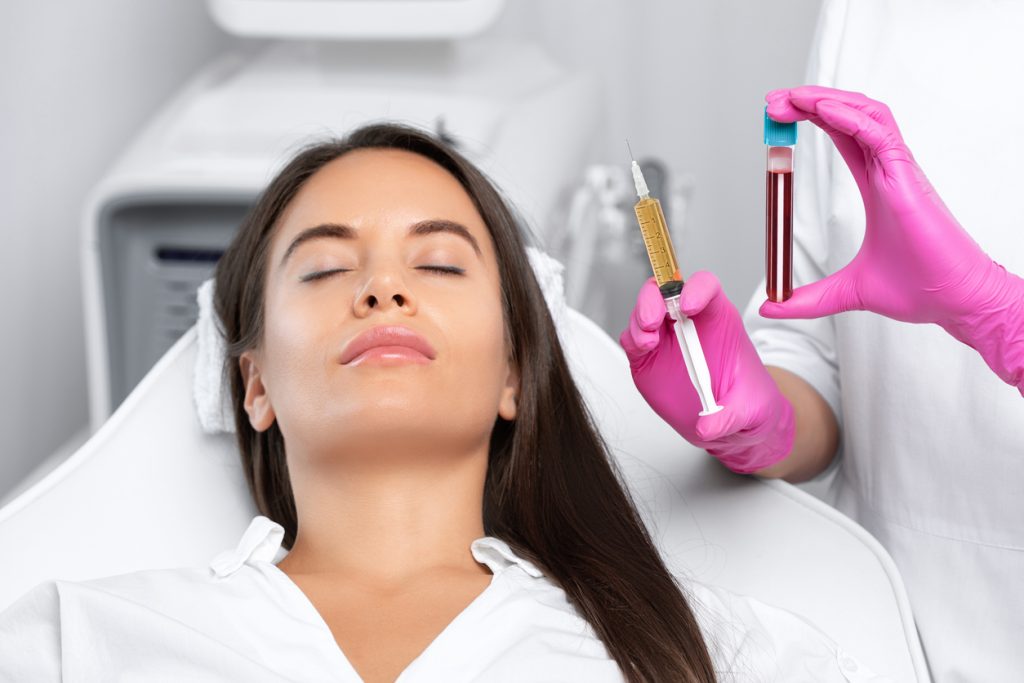
Is PRP Therapy Right for You?
PRP therapy is suitable for most individuals, particularly those looking for a natural and non-invasive way to rejuvenate their skin. However, there are certain factors to consider before undergoing treatment.
- Ideal Candidates: PRP therapy is most effective for individuals who are in their 30s to 50s and showing early signs of aging, such as fine lines, wrinkles, and loss of skin elasticity. It is also beneficial for people who have acne scars or other skin imperfections that they want to improve.
- Pregnancy and Medical Conditions: If you are pregnant or have certain medical conditions, such as active skin infections or blood disorders, you may not be a suitable candidate for PRP therapy. It is important to consult with your healthcare provider before undergoing the procedure.
- Realistic Expectations: PRP therapy delivers natural and gradual results. While it can significantly improve the appearance of your skin, it is not a quick-fix solution like Botox or fillers. The effects build over time and require multiple sessions to achieve the best results.
What to Expect During and After PRP Therapy
During the Procedure: The PRP procedure typically takes around 60 to 90 minutes, depending on the area being treated. First, a small amount of blood is drawn from the patient’s arm. This blood is then processed in a centrifuge to separate the platelets from the other blood components. The platelet-rich plasma is then re-injected into the treatment areas, or in some cases, applied topically after microneedling.
After the Procedure: After a PRP treatment, you may experience some redness, swelling, or mild bruising at the injection sites. These effects typically subside within a few hours to a few days. There is no downtime, and most people can resume their normal activities immediately after the procedure. However, it is recommended to avoid sun exposure, strenuous exercise, and hot showers for the first 24 to 48 hours.
Results: PRP therapy offers gradual, natural-looking results. You may begin to notice improvements in your skin texture and tone within two to four weeks. Optimal results are usually seen after 2 to 3 sessions, spaced about four to six weeks apart. Maintenance treatments may be necessary every 6 to 12 months, depending on your skin’s needs.
Potential Risks and Side Effects
PRP therapy is generally considered safe because it uses the patient’s own blood, eliminating the risk of allergic reactions or rejection. However, there are a few potential side effects and risks to be aware of:
- Temporary Redness and Swelling: Mild redness, swelling, and bruising are common after the procedure but usually subside within a few days.
- Infection: Although rare, there is always a risk of infection whenever needles are used. It’s important to ensure that the procedure is performed in a sterile environment by a trained professional.
- Uneven Results: In some cases, the results may not be as noticeable or symmetrical as expected. However, this is rare and can be corrected with additional treatments.
The Future of PRP Therapy
As the popularity of PRP therapy continues to grow, research is ongoing to explore its potential benefits in other areas of skincare. New advancements may make the treatment even more effective, with improved techniques and technologies allowing for more precise and targeted results. Additionally, PRP therapy may be combined with other treatments, such as stem cell therapy and growth factor injections, to further enhance its rejuvenating effects.
Conclusion
PRP therapy offers a natural, non-invasive solution for those looking to rejuvenate their skin and achieve a youthful, radiant appearance. By harnessing the power of your body’s own platelets, PRP stimulates collagen production, improves skin texture, reduces wrinkles, and enhances overall skin tone. With minimal risks and downtime, it’s no wonder that PRP has become a go-to treatment for many individuals seeking a more youthful appearance without the need for surgery. While results may not be instantaneous, the gradual improvements in skin health and vitality make PRP therapy a worthwhile investment for long-term skin rejuvenation.



